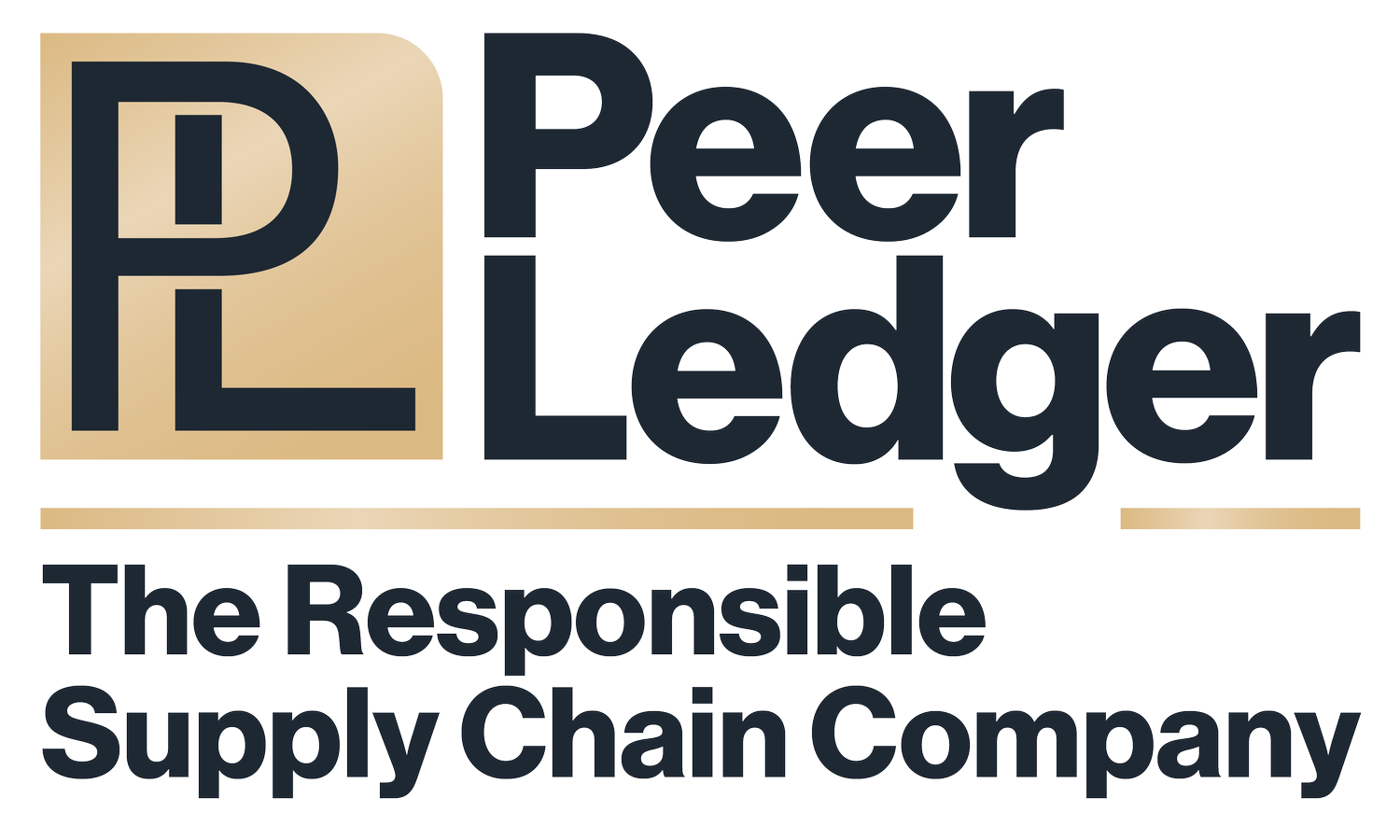Ending child labour, forced labour and human trafficking in global supply chains
The latest global estimates indicate that 152 million children - 64 million girls and 88 million boys - are in child labour globally, accounting for almost one in 10 of all children worldwide.
- According to International Labour Organization
The global community has committed to end child labour by 2025 and forced labour and human trafficking by 2030. In November 2019, the International Labor Organization (ILO), the Organisation for Economic Co-operation and Development (OECD), the International Organization for Migration (IOM) and UNICEF jointly published a report as the first ever attempt to measure these human rights violations on a large scale.
The report provides an overview of child labour, forced labour, human trafficking and their connection to global supply chains. It updates current actions on mitigating human rights violations and provides guidance to foster responsible global supply chains. The report emphasizes the importance of establishing comprehensive approaches based on international standards to solve socio-economic vulnerability.
Migrants and children from poor families are particularly vulnerable to human rights violations. Providing quality public education and access to basic services such as nutrition, water, sanitation, health services helps reduce these risks. Social systems and microfinance options serve to minimize families’ reliance on children for labour. Various non-binding international agreements provide a framework and guidance to protect high-risk groups from being exploited and abused.
From a governance standpoint, it is crucial to strengthen national regulatory measures and address economic pressures that contribute to human rights violations. Supply chain transparency and due diligence legislation have been enforced in North America, Europe and Australia. Governments use tools such as national action plans and public-private partnerships to ensure responsible business conduct.
For businesses, the report describes some approaches to conduct responsible supply chains to effectively prevent, mitigate and remediate child labour, forced labour and human trafficking. It emphasizes that reshaping models, management systems and purchasing practices is crucial in implementing responsible business conduct. Recent trends include the use of traceability or chain of custody tools to gain full visibility of the entire supply chain, to easily identify risks related to human rights violations.
Emerging tools include online databases, self-disclosure information systems and distributed ledger (blockchain) technology. Blockchain can offer an important capacity to manage complicated networks of suppliers. By nature, it is immutable to data modification and avoids reliance on easy-to-manipulate paper documents.The technology enabled traceability can map supply chain actors and locations, and can be used to pool and share red-flagged information relating to child labour and forced labour.
MIMOSI Connect is a highly flexible blockchain traceability solution that enables companies to capture and track transactions and important metrics such as prices, carbon footprint, processing methods, identity factors, and regulatory compliance. Companies can use traceability transactions and metrics to instantly map and monitor their supply chains and identify potential environmental, human and labour rights risks at all stages. To learn more about MIMOSI Connect, click here.
References
Ending child labour, forced labour and human trafficking in global supply chains: International Labour Organization, Organisation for Economic Co-operation and Development, International Organization for Migration and United Nations Children’s Fund, 2019. Retrieved from http://mneguidelines.oecd.org/Ending-child-labour-forced-labour-and-human-trafficking-in-global-supply-chains.pdf
International Labour Organization (2018), Ending child labour by 2025: A review of policies and programmes. Retrieved from https://www.ilo.org/wcmsp5/groups/public/---ed_norm/---ipec/documents/publication/wcms_653987.pdf
International Labour Organization (2018), Ending forced labour by 2030: A review of policies and programmes. Retrieved from https://www.ilo.org/wcmsp5/groups/public/---ed_norm/---ipec/documents/publication/wcms_653987.pdf



